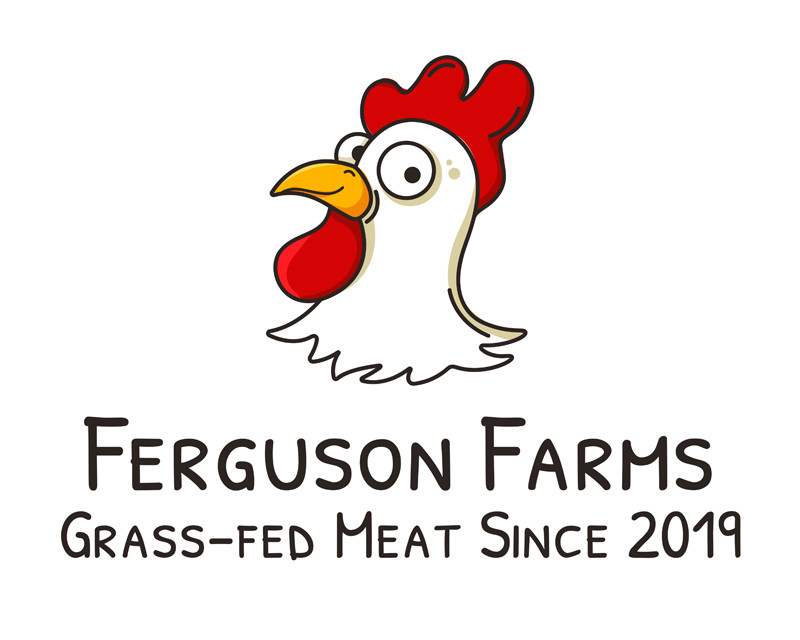Lean to Fat Ratio for Burgers: Tips & Best Ratio
posted on
October 22, 2021
One of my favorite summertime meals is a full-flavored, juicy hamburger hot off the grill. But before you press out those patties, know that a truly drool-worthy hamburger starts with choosing the best ground meat for the task.
Types of Ground Beef
There are two types of ground meat: meat labeled “hamburger” can have beef fat added to it; meat labeled “ground beef” cannot. Up to 30% fat is allowed for both hamburgers and ground beef.
Ground beef is labeled by the lean-to-fat ratio:
- 80/20 = ground beef that contains 80% lean meat and 20% fat
- 85/15 = ground beef that contains 85% lean meat and 15% fat
- 90/10 = ground beef that contains 90% lean meat and 10% fat
The fat content of 25% to 30% is labeled regular while 80/20 is labeled lean ground beef. Packages 85/15 and 90/10 are labeled extra lean.
Some ground beef packaging lists the cut that the meat is from - chuck, round, and sirloin are common. 80/20 is often ground chuck, 85/15 is often ground round, and 90/10 is usually ground sirloin. The USDA also allows ground beef to contain multiple cuts to get to the desired lean-to-fat ratio.
Unlike whole cuts of beef, the USDA doesn’t grade ground beef or hamburger, though it does need to meet all the federal and state guidelines to be sold in stores.
80/20 Ground Chuck Is Best for Burgers
The best ground beef to buy for burgers is 80/20 ground chuck – 80% lean meat and 20% fat. Ground chuck is ground from the shoulder and has that ideal lean-to-fat ratio of 80/20 (i.e. not too lean) for a super flavorful, juicy burger.
Ground round comes from the back of the cow, near the tail, upper leg, and rump. At 85/15 it's considered an extra lean ground beef and isn’t quite as flavorful as chuck, but it's a solid second choice for hamburgers.
Ground sirloin is cut from the back section of the cow. It’s labeled 90/10 and is a more expensive cut of beef than round or chuck. It has a full beefy flavor but is too lean to use for hamburgers – at least if a juicy hamburger is your goal!
PRO TIP: Get the fat of chuck and the flavor of sirloin by mixing the two together for an 83/17 mix!
Grind Your Own Meat for Burgers!
Another alternative to pre-ground beef is buying your desired cut of beef (like chuck) and then having it ground by the meat department or grinding it yourself at home!
For grilled hamburgers, opt for a coarser grind instead of finer ground beef so you get a lighter texture. No one loves a dense burger.
Tips for Handling Raw Ground Beef
To discourage bacteria from growing, be sure to keep ground beef cold in the refrigerator until ready for cooking. Freshly ground beef will keep in the refrigerator for up to two days.
Check the expiration date on pre-packaged ground beef before purchasing. The pink color is a good indicator of how fresh the beef is. If the outside of the beef is grey, pass on it. Ground beef can also be frozen for up to four months. Thaw in the refrigerator overnight before using.
👉 Shop Ground Beef at Ferguson Farms now!




